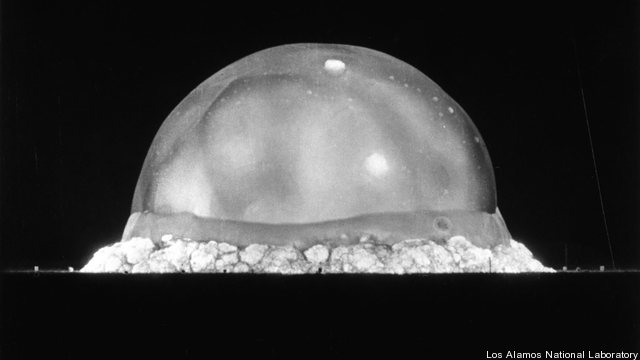 Yesterday, the House-Senate conference on the National Defense Authorization Act took steps to strengthen oversight of America’s nuclear arsenal, including reforms at the Energy Department’s National Nuclear Security Administration and new restrictions on the administration decommissioning more nuclear weapons. But there’s a deeper issue of whether our nukes still work as designed in the first place. Democrats have long tried to avoid all nuclear testing — the last US test was conducted in 1992 — while Republicans have been deeply skeptical of alternative means of ensuring the stockpile’s reliability through component testing and computer simulations. Having earlier given our readers the pro-disarmament perspective on the nuclear arsenal, today we bring you this op-ed by Heritage Foundation research associate Michaela Bendikova a specialist in missile defense and arms control. — Sydney J. Freedberg Jr., Deputy Editor
Yesterday, the House-Senate conference on the National Defense Authorization Act took steps to strengthen oversight of America’s nuclear arsenal, including reforms at the Energy Department’s National Nuclear Security Administration and new restrictions on the administration decommissioning more nuclear weapons. But there’s a deeper issue of whether our nukes still work as designed in the first place. Democrats have long tried to avoid all nuclear testing — the last US test was conducted in 1992 — while Republicans have been deeply skeptical of alternative means of ensuring the stockpile’s reliability through component testing and computer simulations. Having earlier given our readers the pro-disarmament perspective on the nuclear arsenal, today we bring you this op-ed by Heritage Foundation research associate Michaela Bendikova a specialist in missile defense and arms control. — Sydney J. Freedberg Jr., Deputy Editor
What kind of shape are our nuclear weapons in? Used to be, you’d have to test them to find out. But the State Department’s Bureau of Arms Control, Verification and Compliance has some good news: Over the last decade, our ability to predict how our aging nukes will perform–without resorting to explosive testing–has greatly improved.
There’s still a problem, though. The last time the U.S. conducted a nuclear explosive test was in 1992. So, while the State Department thinks we can now assess the condition of our nukes better than before, there’s really no way of knowing how accurate those assessments really are-since there has been absolutely no explosive testing to confirm the predictions.
That’s not the way the scientists wanted to proceed. After the 1992 test, the Directors of the National Nuclear Laboratories requested funding to conduct some yield-producing experiments. The experiments were designed to help them to validate advanced computer codes that had been developed to understand the science of nuclear explosions and then to predict what happens within a nuclear weapon overtime.
Congress never funded these experiments, though. And so, to this day, we don’t know how predictive these codes truly are. They’re based entirely on theory, which may be more or less correct. To add insult to injury, U.S. nuclear stockpile has never been older. That makes it very difficult to draw on previous experience regarding aging of our nuclear systems, since the nukes have never been this old before.
It’s foolish to think the U.S. can safely maintain our nuclear stockpile without ever conducting another yield-producing experiments. Nuclear warheads comprise thousands of finely calibrated parts, and all of them must work with split-second precision for a warhead to perform as designed and expected. Without yield-producing experiments to validate or correct our theoretically predictive capabilities, we can’t be sure we understand every critical element of the complex physical processes at work during a nuclear detonation.
During negotiations over the Comprehensive Test Ban Treaty (CTBT), Directors of the National Nuclear Laboratories urged the U.S. to preserve its right to conduct modest (lower than one kiloton) yield-producing experiments. Such limited tests pose minimal risk of damage to either people or the environment. In fact, some of these experiments can be conducted in an apartment-sized facility with only tiny amounts of radioactive material.
Ultimately, the CTBT remained silent on what constitutes an acceptable nuclear weapons test. The Clinton Administration, sadly, interpreted the treaty as prohibiting all yield-producing experiments. Meanwhile, Russia and China–both signatories to the treaty–continue to conducting yield-producing experiments on their own inventories.
More than 30 countries around the world rely on U.S. nuclear weapons for their security. Some, such as Turkey and Japan, are in highly volatile neighborhoods. According to an article in the Journal of Turkish Weekly this March, 54 percent of Turkish survey respondents favor Turkey developing its own nuclear weapons in response to an Iranian nuclear threat. Japan maintains break-out capability and could develop a nuclear weapon within weeks if the perceptions of its security situation and U.S. guarantees changed. This dynamic might give the word “credibility” a whole new meaning in the U.S. nuclear weapons context.
The predictive capability to assess the nuclear stockpile will remain essential in the years to come. But without testing, that capability may not be enough to convince others–both friend and foe–that U.S. nuclear forces are a credible deterrent.
Russia ‘likely’ to transfer submarine tech to China, N. Korea: INDOPACOM Chief
“The idea of driving wedges between” Russia and China, Australia’s director-general of the Office of National Intelligence said, “is fanciful.”
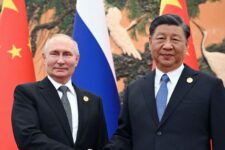


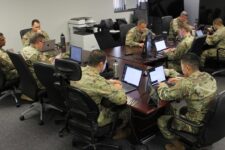

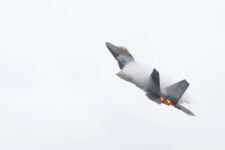
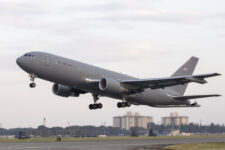
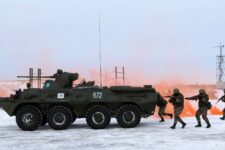

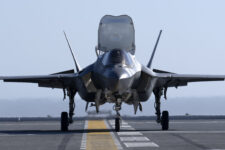
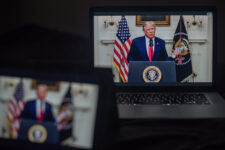
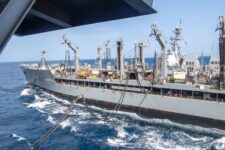
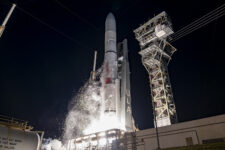

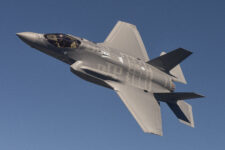

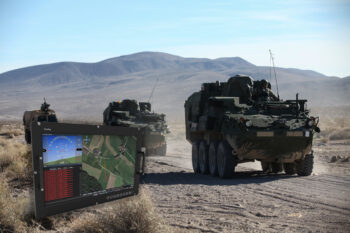
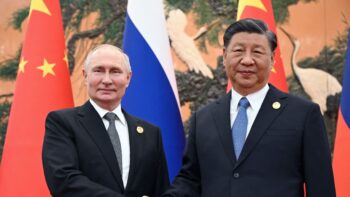
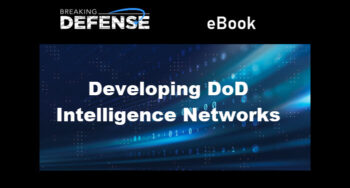

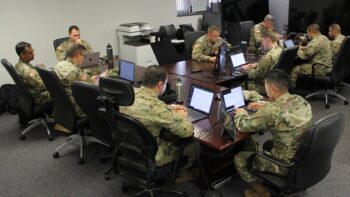
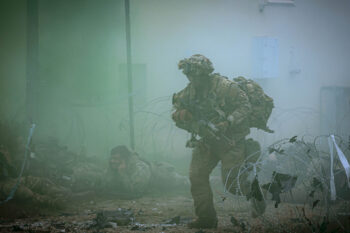
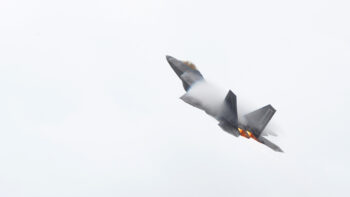
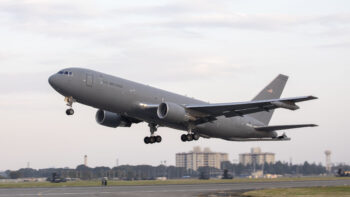

![E-2D_AR_1[1]](https://breakingdefense.com/wp-content/uploads/sites/3/2024/10/E-2D_AR_11-350x233.png)
